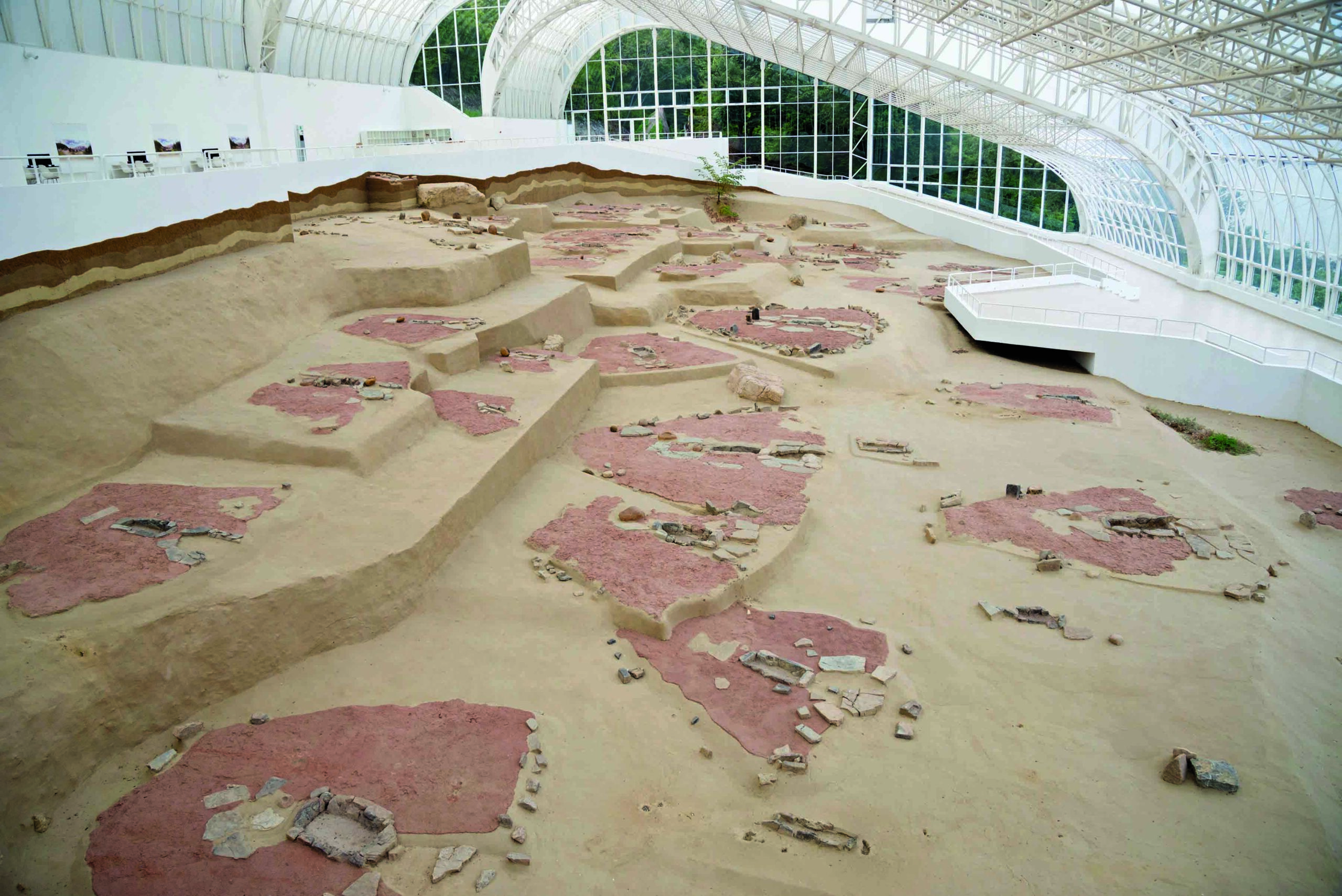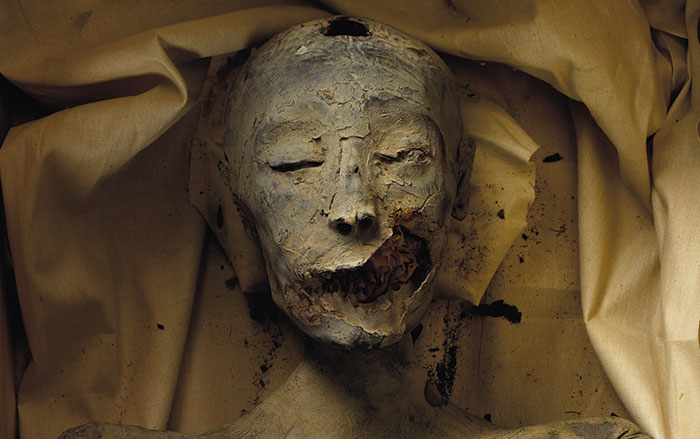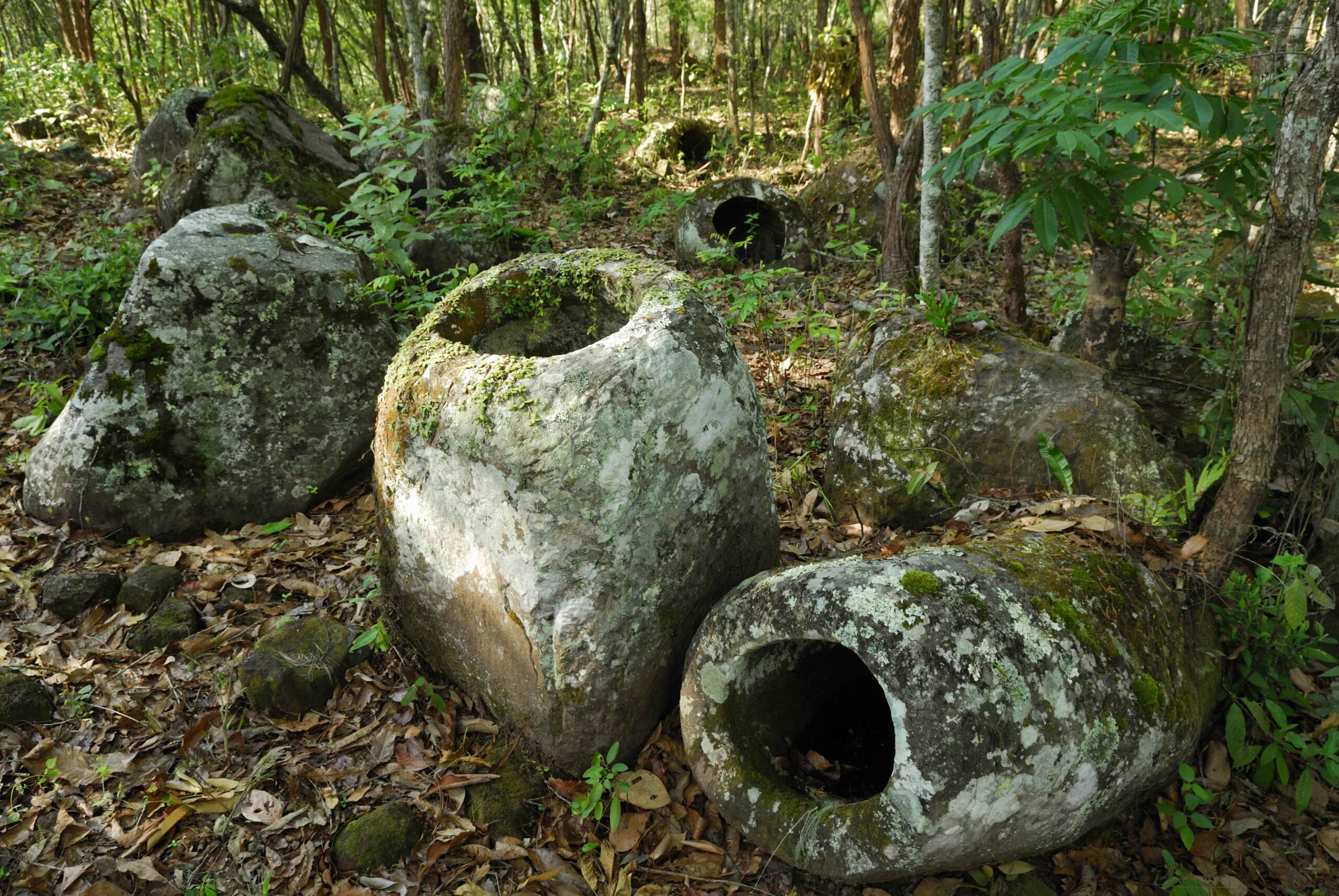
SEATTLE, WASHINGTON—New Scientist reports that a recent genetic study shows that Neanderthal DNA that survives in people of non-African descent is still controlling how some genes work. University of Washington geneticist Joshua Akey led a team that did a comprehensive DNA analysis of 214 Americans of European ancestry, and was able to isolate Neanderthal genes that were active in 52 kinds of tissue. In some cases, individuals had both a human and Neanderthal copy of a gene, and the team could compare the copies and find which variant controlled gene expression. They found that in the case of one gene that is a known risk factor for schizophrenia, the Neanderthal DNA controls the gene in such a way that it reduces the risk of developing the disease. “Strikingly, we find that Neanderthal sequences present in living individuals are not silent remnants of hybridization that occurred over 50,000 years ago, but have ongoing, widespread, and measurable impacts on gene activity,” says Akey. In other genes, such as ones that regulate brain activity, the influence of Neanderthal DNA is much less pronounced. To read more, go to “Should We Clone Neanderthals?”









